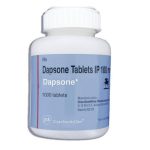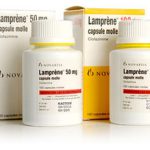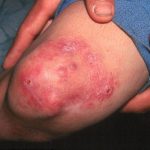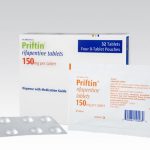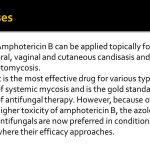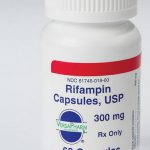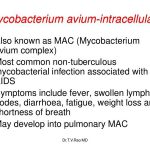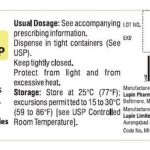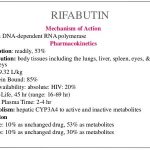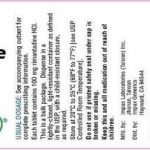
While the optimum dose and duration of therapy have not been established, rimantadine also has been used for the treatment of influenza A virus infection in children. While chemoprophylaxis with the drug should not be considered a substitute for annual vaccination with influenza virus vaccine, antiviral agents are an important adjunct to influenza vaccine for the control and prevention of influenza.

